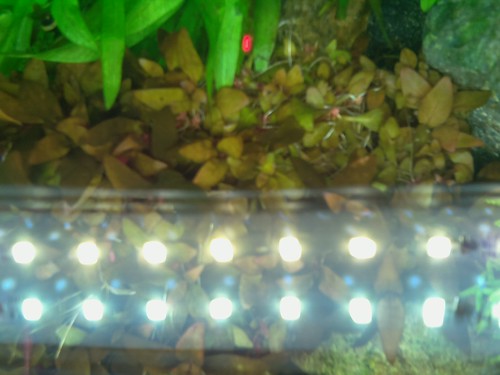Microarray hybridization was commissioned to Phalanx Biotech Group, Taiwan. RNA samples were hybridized to Mouse Total Genome OneArray TM (MOAV1.one) with 29,922 mouse genome probes and 1880 experimental control probes, which have been an abridged version of the MEEBO probe established. The 70-mer aminoallyl-aRNA [24] targets were amplified utilizing MessageAmp aRNA package (Amnion)  and labeled with the NHS-Cy5 (GE). The labeled targets had been hybridized at fifty for sixteen hr to the gene chip. Soon after washing three steps (forty two, five min twice, and twenty five, 5 min), the array was uncovered to a phosphorimaging cassette and then scanned with Axon 4000B Scanner (Molecular Products) as properly as analyzed with Genepix software (Molecular Devices). Two complex replicates have been averaged (reproducibility .95), and the averaged intensities were normalized. The normalized knowledge was computed with log2 soon after comparing to every other. The entire uncooked dataset have been deposited in the Gene Expression Omnibus (89250-26-0 GSE30846).
and labeled with the NHS-Cy5 (GE). The labeled targets had been hybridized at fifty for sixteen hr to the gene chip. Soon after washing three steps (forty two, five min twice, and twenty five, 5 min), the array was uncovered to a phosphorimaging cassette and then scanned with Axon 4000B Scanner (Molecular Products) as properly as analyzed with Genepix software (Molecular Devices). Two complex replicates have been averaged (reproducibility .95), and the averaged intensities were normalized. The normalized knowledge was computed with log2 soon after comparing to every other. The entire uncooked dataset have been deposited in the Gene Expression Omnibus (89250-26-0 GSE30846).
Bioconductor and R have been employed as computational instruments for microarray examination. Uncooked knowledge were thresholded with a flooring of one hundred and normalized employing the quantile normalization approach. To discover differentially expressed genes (DEGs), the Importance Analysis of Microarrays (SAM) algorithm [twenty five] and fold change (FC) were utilised for each and every of eight microarray comparisons (WNL vs KNL, WNR vs KNR, WTL vs KTL, WTR vs KTR, WNL vs WTL, KNL vs KTL, WNR vs WTR, KNR vs KTR, Fig. 1A). A gene was regarded substantially differentially expressed if a bogus discovery rate (q) is considerably less than .01 and FC is increased than two.
The all round experimental design. 9873377(A) Hippocampal sample groups. We utilized microarrays to probe the transcriptome of nae (N) and trained (T) groups for both wild-kind (W) and the Cav3.two homozygous knockout (K) mice. In each team, we divided still left (L) and right (R) hippocampi samples. A overall of eight groups of samples had been analyzed: WNL, WNR, WTL, WTR, KNL, KNR, KTL, and KTR. (B) Experimental methods: Mice had been managed in conditioning chambers for a few times (Day 1), and then acquired trace dread conditioning independently (Day 4), tested with contextual memory 24 hours later on (Working day five) in the same conditioning chamber. Immediately after memory testing, left (L) and appropriate (R) hippocampi from a few W and a few K animals had been dissected, pooled jointly to extract whole RNA for microarray hybridization. KEGG pathways. In get to demonstrate the repeatability of the duplicated microarray raw datasets, we complete correlational evaluation. S1 Desk lists the specified groups of raw datasets. S1 and S2 Figs. and demonstrate the scatter plots of the raw datasets of the control and the education groups, respectively. Correlation evaluation shows that for all groups R .ninety nine, indicating that the regularity of the duplicate uncooked datasets is substantial.
http://cathepsin-s.com
Cathepsins
